Hunting big mature whitetails requires a blend of skill, patience, and understanding of deer behavior. One critical factor that often goes overlooked is the influence of moon phases. The phases of the moon can significantly affect deer activity, and savvy hunters can use this knowledge to their advantage. In this blog post, we’ll dive into how different moon phases impact deer behavior, identify the best times to hunt during specific moon phases, and offer practical tips to maximize your chances of success.
How Moon Phases Affect Deer Behavior
Deer are crepuscular animals, meaning they are most active during dawn and dusk. However, moon phases can alter this activity pattern, particularly for mature bucks. Here's a breakdown of how each moon phase affects deer behavior:
-
New Moon: During a new moon, the nights are darkest. Deer tend to be less active at night and more active during daylight hours, especially in the early morning and late afternoon. This phase can be ideal for hunters as it aligns with the natural feeding times of deer.
-
First Quarter and Last Quarter: These phases result in half-moon visibility, leading to moderate illumination at night. Deer behavior during these phases can be unpredictable, but they often balance their activity between nighttime and daytime. Observation and scouting are key during these periods.
-
Full Moon: The full moon brings bright nights, causing deer to be more nocturnal. Mature bucks might move more during the night and be less visible during the day. Midday hunts can be more productive as bucks may move to their bedding areas later in the morning or get up to feed during the day.
-
Waning and Waxing Gibbous: These phases provide more light than the quarters but less than the full moon. Deer activity generally increases at night, with some movement during the early morning and late evening. Evening hunts can be particularly effective.
Best Times to Hunt During Specific Moon Phases
Understanding deer behavior in relation to moon phases can help hunters plan their outings more effectively. Here are some tips for each phase:
- New Moon: Focus on dawn and dusk. Set up near feeding areas in the early morning and near bedding areas in the late afternoon.
- First Quarter and Last Quarter: Scout diligently and adapt to observed patterns. Mornings and evenings can be productive, but be flexible.
- Full Moon: Try midday hunts. Mature bucks may be on their feet during the middle of the day, heading to or from bedding areas.
- Waning and Waxing Gibbous: Evening hunts near food sources can yield results. Bucks may move to feeding areas later in the day.
Practical Tips for Hunters
- Scout Regularly: Utilize trail cameras to monitor deer movement and adjust your strategies based on their activity patterns.
- Adapt to Weather Conditions: Weather can amplify or diminish the effects of moon phases. Overcast nights during a full moon can increase daytime activity.
- Stay Patient and Persistent: Big mature whitetails are cautious and unpredictable. Consistent scouting, understanding moon phases, and adapting your hunting strategies will improve your odds.
- Use Scent Control: Regardless of the moon phase, scent control is crucial. Mature bucks have keen senses, and minimizing your scent can prevent spooking them.
Scientific Insights on Moon Phases and Deer Behavior
Research on the influence of moon phases on deer behavior is ongoing, with mixed results. Some studies suggest a correlation between moon phases and deer activity, while others find minimal impact. However, experienced hunters often observe patterns aligning with moon phases, particularly with mature bucks. Combining scientific insights with field observations can create a more comprehensive understanding of deer behavior.
Conclusion
Understanding the influence of moon phases on deer behavior can be a game-changer for hunting big mature whitetails. By aligning your hunting strategies with these natural cycles, you can increase your chances of encountering that elusive trophy buck. Remember, successful hunting requires a blend of knowledge, skill, and adaptability. Use these insights to elevate your hunting game and experience the thrill of a successful hunt.
Happy hunting!

